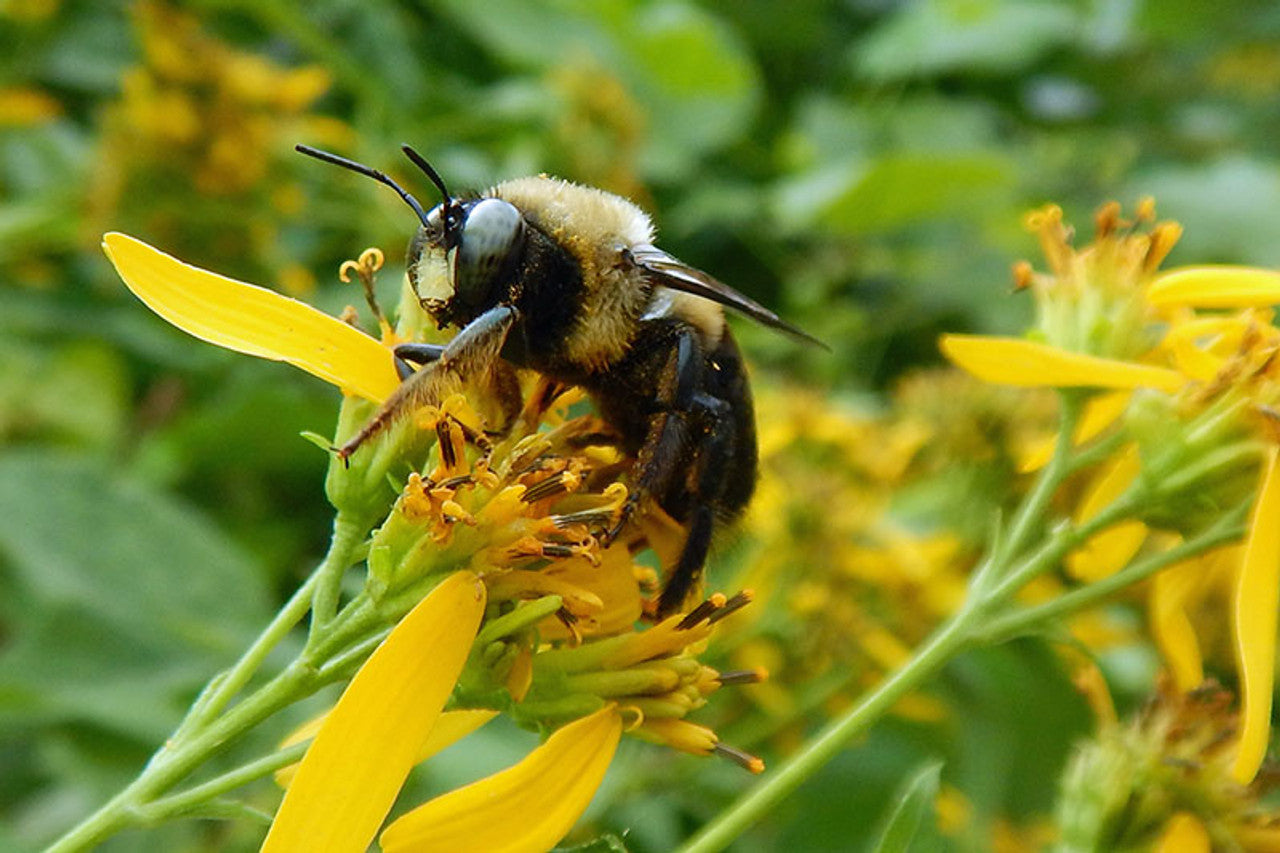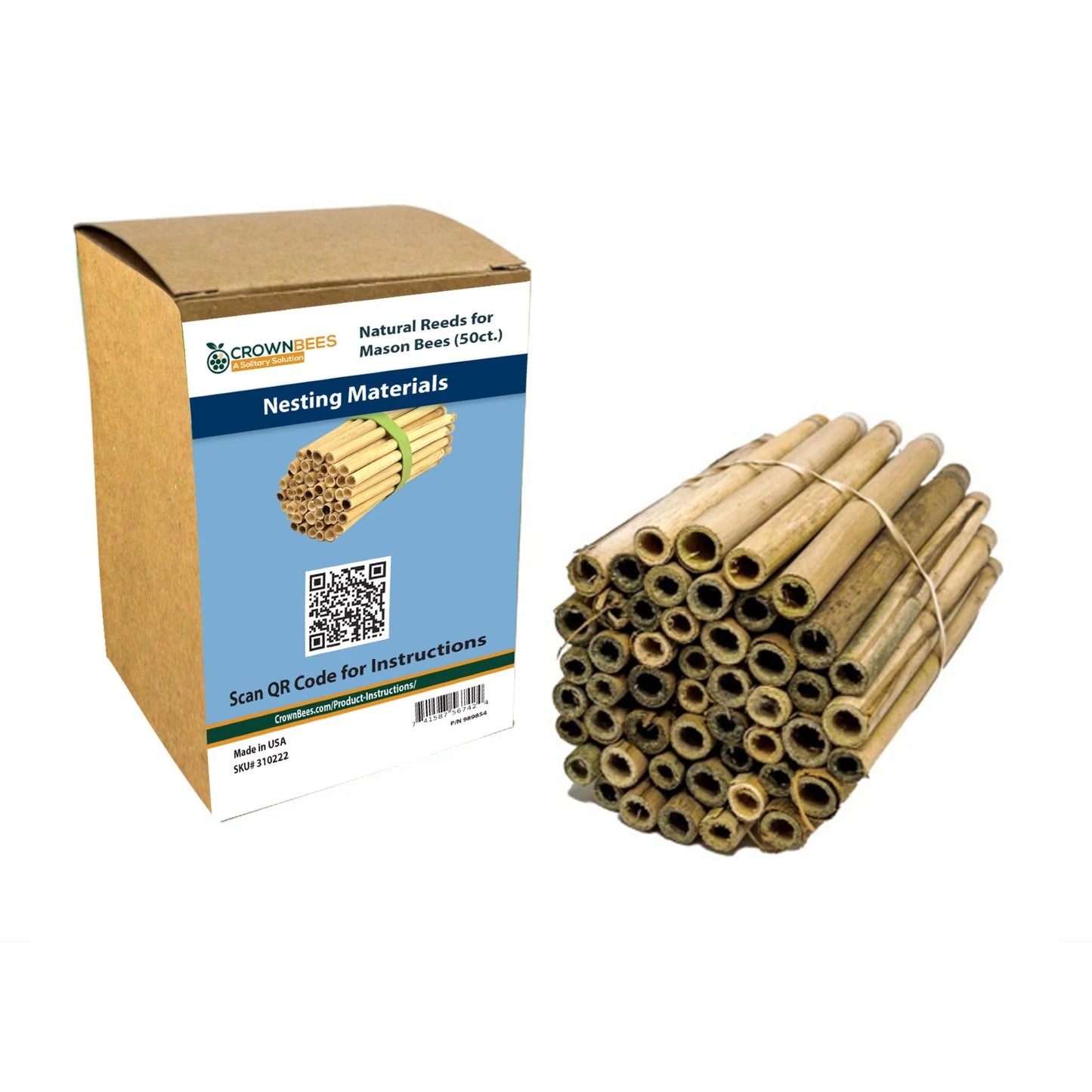
Messing with the microbes within their hive-stored pollen hurts bumblebees
Of the 20,000+ bee species on Earth, only about a dozen are used by farmers in commercial agriculture, and these crucial populations of managed bees have been declining at an alarming rate. Several factors, including increased use of pesticides, habitat fragmentation, emerging diseases, and reduced genetic diversity may be responsible for such bee losses. In response to this pollinator crisis, recent conservation efforts have led to stricter regulations on insecticide use. However, other agrochemicals such as herbicides and fungicides that do not directly target insects (such as bees) continue to be applied to in-bloom crops without much scrutiny. Curiously, past research shows that while certain fungicides may pose a lower risk for adult honeybees, they appear to be quite harmful for larval bees. Such findings were somewhat unexpected, and we at the Steffan lab wanted to find out why.
Bees are considered to be strict herbivores, relying on pollen and nectar as their main diet. However, because raw pollen is difficult to digest, it is almost always fermented to varying degrees before being fed to larval bees. This fermentation is carried out by a highly specialized community of beneficial microbes, especially yeasts, present within hive-stored pollen. When adult bees forage among crops that have been recently sprayed with fungicides, the pollen they collect is likely to be contaminated. We used a combination of cage studies and laboratory-based experiments to learn more about this cause-effect relationship between fungicide use and bee declines.
Our research showed that when adult bumblebees foraged on flowers that were recently sprayed with fungicides, there was a dramatic decline in their colony fitness. The impacted colonies had far fewer bees, and their queens had much lower weights. Moreover, the microbial community of the contaminated hive-stored pollen was less diverse, and many of the beneficial microbes typically found within the pollen of healthy colonies were missing. As fungicides are known to kill microbes, it is likely that these chemicals may have killed some of the beneficial pollen-borne microflora. The loss of these key microbes can disrupt the overall balance within the microbial community, preventing the proper fermentation of pollen. Without their diet of fermented pollen, bumblebee larvae likely were not able to get proper nutrition, which negatively impacted the overall health of the colony. This suggests that microbes play an important role in maintaining healthy bee populations, and by altering the microbial community within hive-stored pollen, fungicides may indirectly hurt bees.
Such insights into bee ecology are relevant to any managed ecosystem in which flowering plants are pollinated by bees. Understanding the critical symbioses between bees and microbes can help inform wiser pest management practices, and deliver improved guidelines for the rates, method, timing, and frequency of pesticide and fungicide application for agricultural production. Ultimately these conservation efforts can help mitigate bee losses and maintain healthy pollinator populations.
About the author: Dr. Prarthana Dharampal is an Assistant Scientist in the Steffan Lab at the University of Wisconsin, Madison. Her research interests include microbial ecology, trophic interactions, and biomarker analysis.


